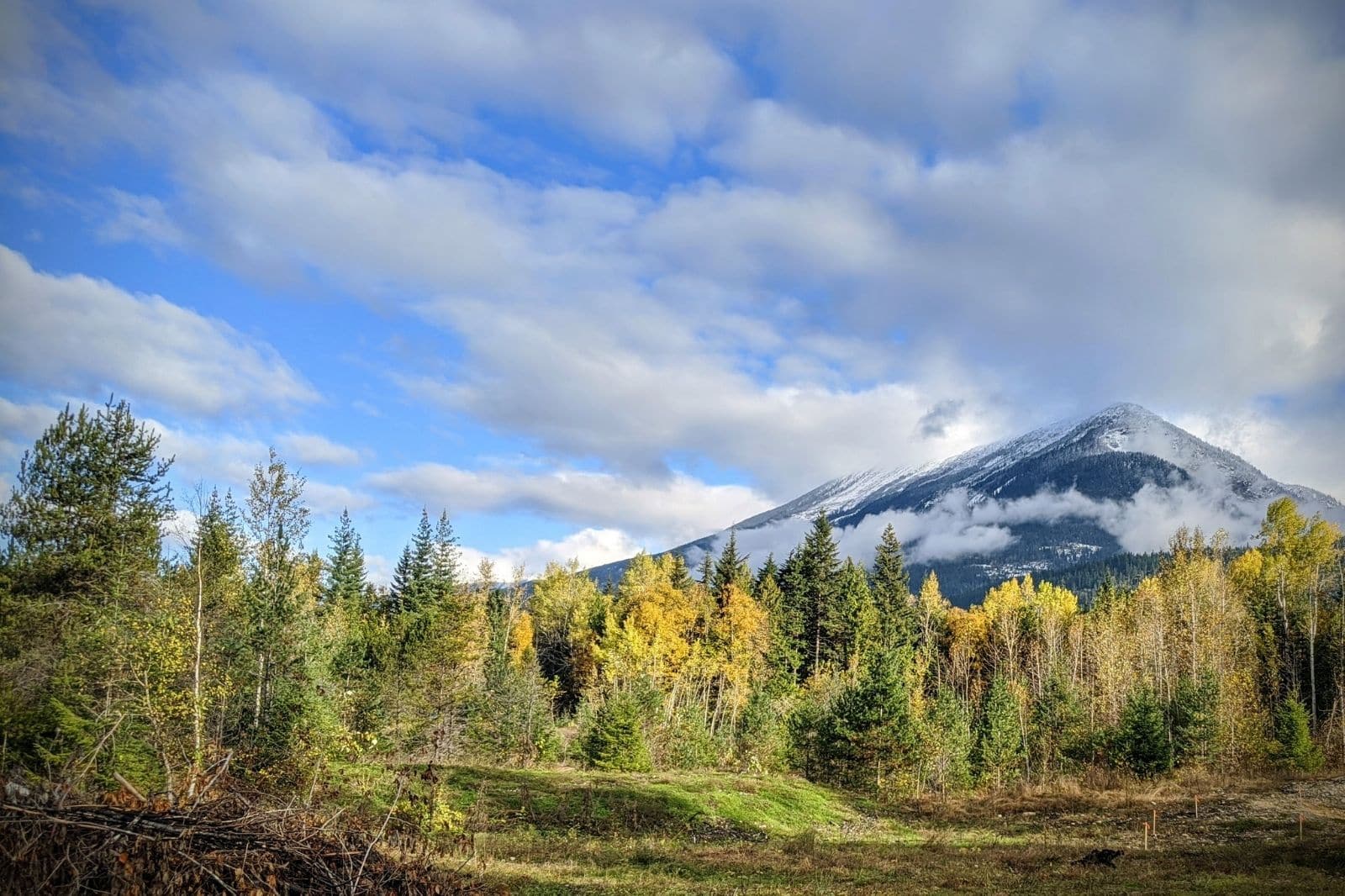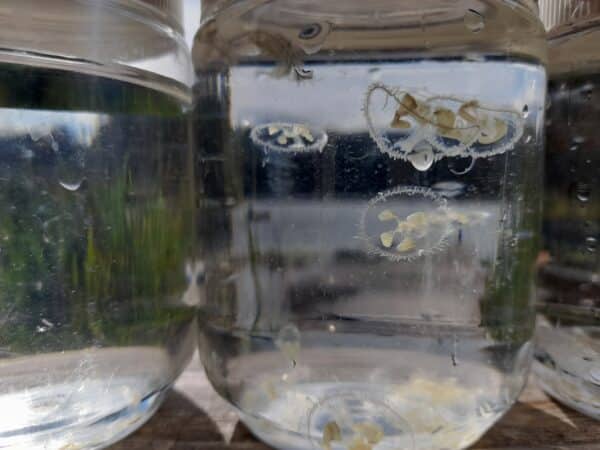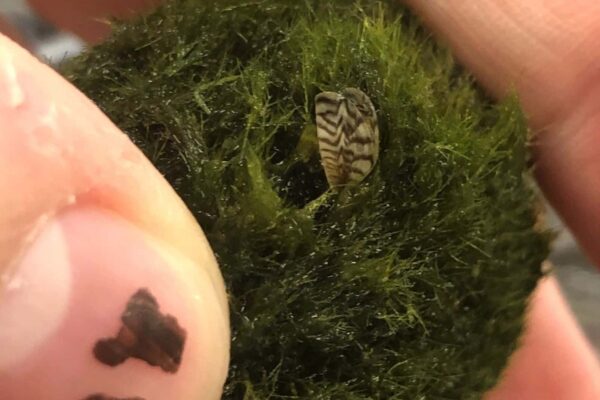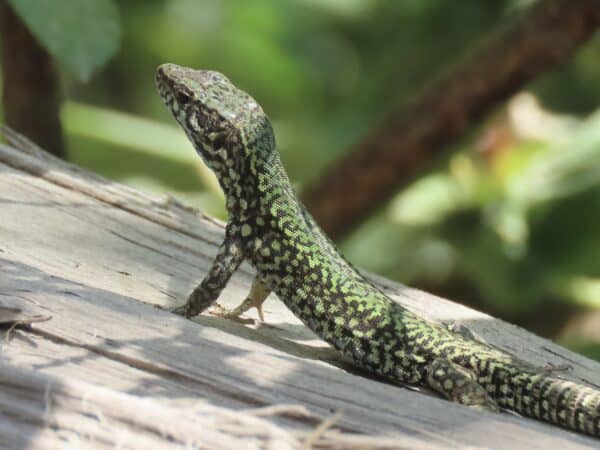Published: May 5, 2021
Columbia Shuswap Invasive Species Society (CSISS) is leading an amazing multi-year restoration project at Blanket Creek Provincial Park, in the heart of the Columbia Mountains. In coordination with BC Parks, the team began the project in 2020 to restore native habitat impacted by invasive plants. CSISS, established in 2013 and part of the Invasive Species Council of BC’s Affiliate Network, is the key collaborator for invasive species management in the Columbia Shuswap region and the ideal organization to initiate restorative efforts in this critical habitat.
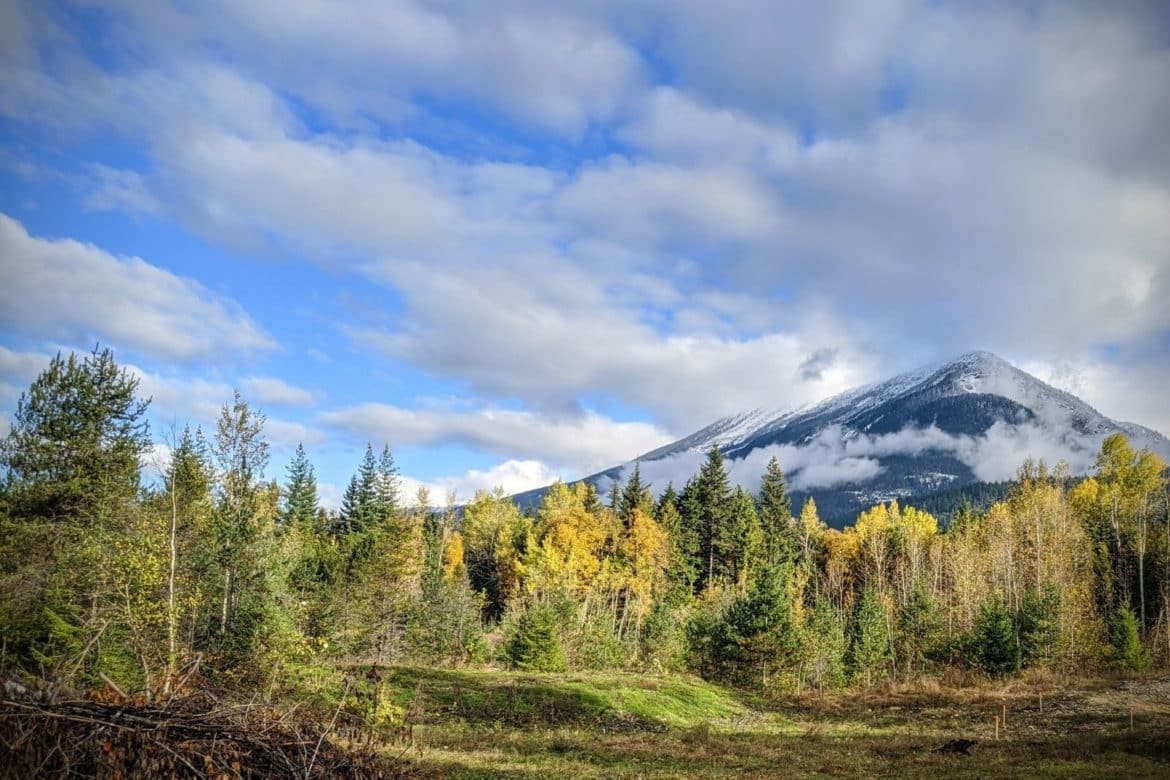
Blanket Creek Provincial Park: Ecological and Cultural Importance
Blanket Creek Provincial Park is located just south of Revelstoke on the Arrow Lakes Reservoir, within the traditional territories of the Okanagan and Secwépemc First Nations. The park land includes a former farming area which was known as the old “Domke homestead”. The 318-hectare park was established in 1982 and is now a popular destination for camping, swimming and hiking.
Blanket Creek Provincial Park is also an area of great ecological and cultural importance. Kokanee spawn in its waterways and it is home to White pine, mature second growth stands of Western hemlock and Western cedar which tower overhead. The scenic Sutherland Falls are a short hike from the campground.
Invasive plants have made their way to Blanket Creek Provincial Park, spreading quickly and displacing native vegetation which wildlife depend on for food. It is likely that invasive species were introduced to the park accidentally by people. Invasive plants can easily hitch a ride on camping gear, clothing and pets. Once established in a new area, they can take over, changing the landscape and damaging forests, farms, lakes and rivers.
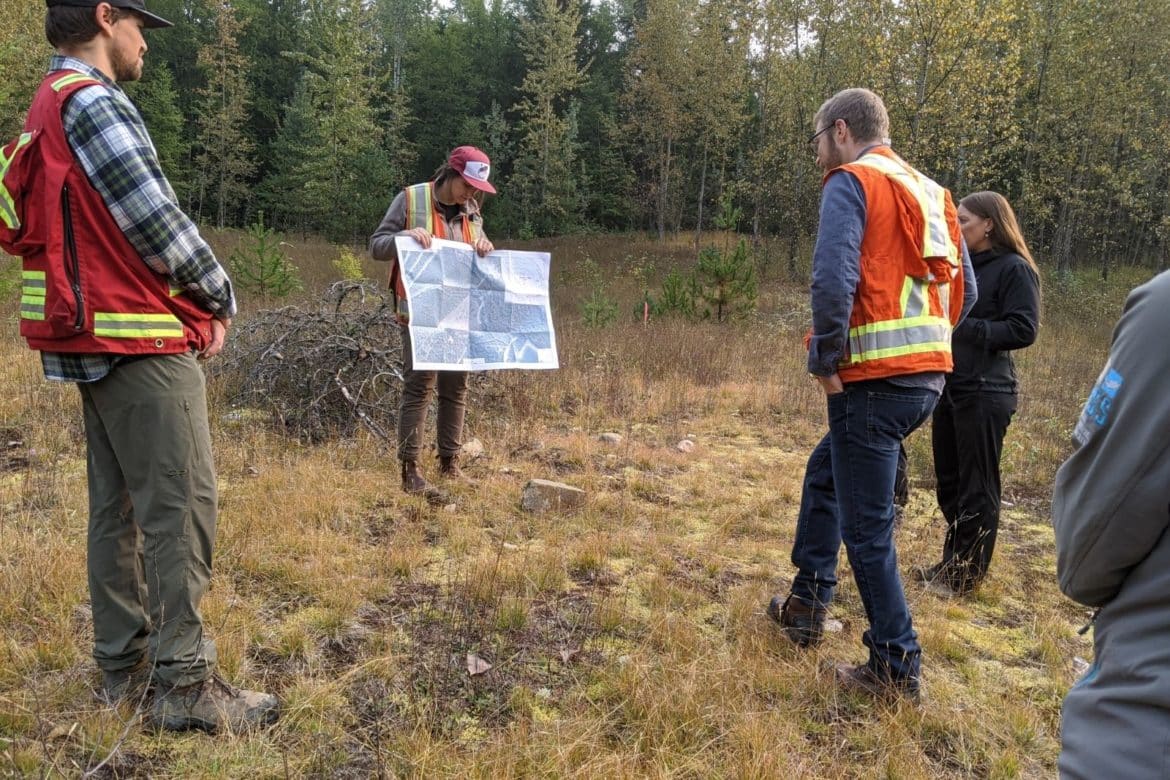
On the Ground Efforts: a Collaborative Approach
In the fall of 2020, led by CSISS and BC Parks, restoration work began in Blanket Creek Provincial Park. BC Parks provided the overarching direction for conservation activities and additional funding through the BC Parks License Plate Program. Shearing Consultants Ltd. (SCL) has provided expertise in the restoration plan, selecting Indigenous plants to restore native habitat in the revegetation plan.
Student and volunteer contributions were key in the initial project work. Graduate student and CSISS program assistant Kathleen Meszaros got involved early on, as part of her master’s project. Interns from Protect our Winters Canada volunteered with revegetation and reseeding activities. CSISS hopes that these collaborations will increase the success of the project by bringing together a diversity of expertise and enthusiasm.

Restoration achievements
Planting native trees and shrubs will help to displace invasive plants in a previously disturbed area of the park. Through reestablishment of native species, the project aims to encourage natural regeneration of local habitats and promote a resilient native plant assemblage for the future. Participants with the project will also learn about the importance of protecting native ecosystems from the negative impacts of invasive plants. During planting activities, volunteers and CSISS staff are following best management practices for helping to reduce the spread of invasive species. Continued community involvement in restoration activities will help to influence behaviour change and promote beneficial practices such as cleaning seeds/mud off all gear and clothing (PlayCleanGo!).
Highlights from the 2020 restoration efforts include:
- 65 native shrubs and trees and 100 cottonwood stakes
- Native seeds planted
- Topsoil added to planting areas

Looking Forward
In 2021 and 2022 further revegetation and reseeding will take place and will be based on the findings from the 2020 revegetation efforts. CSISS and SCL will return to monitor the success of the 2020 restoration efforts in the spring of 2021, including the sprouting of native seeds!
This project will contribute to the improvement of freshwater management and climate resilience through the restoration of natural infrastructure – indigenous vegetation to enhance local habitat in the park. This will be accomplished by removing invasive plant species, replanting with indigenous species, and through educating local volunteers and organizations on habitat restoration practices and the impacts of invasive species. In time, it is expected that water quality, native fish habitat, general biodiversity, and behavior change will improve.
This project was undertaken with the financial support of Environment and Climate Change Canada.
Share


